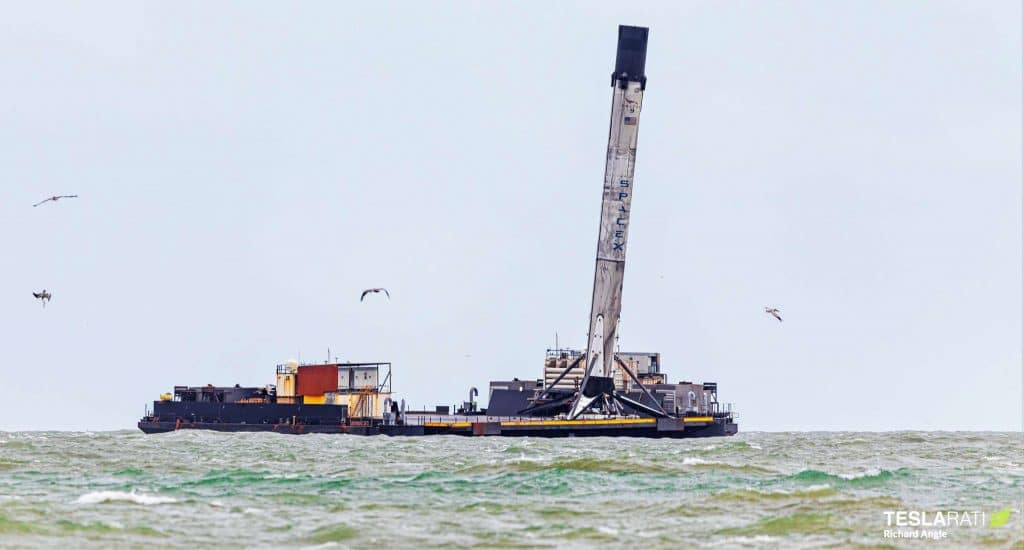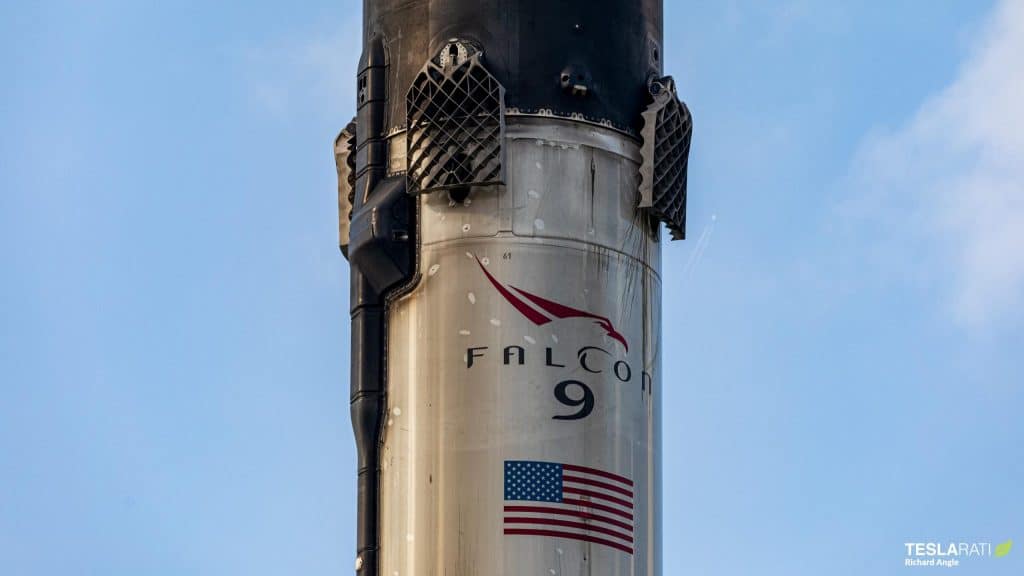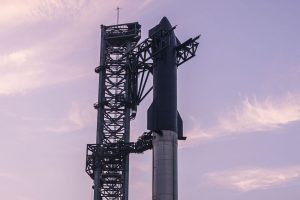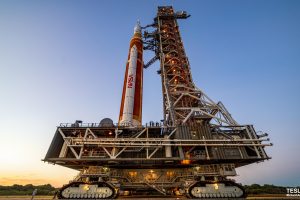SpaceX says it has successfully static fired Falcon 9 ahead of the company’s second scientific NASA spacecraft launch in just two weeks.
On November 24th, SpaceX successfully launched the small Double Asteroid Redirection Test (DART) spacecraft, marking Falcon 9’s first direct interplanetary launch and the rocket’s first flight-proven mission for NASA’s Launch Service Program (LSP). Now, as early as 1am EST (06:00 UTC) on Thursday, December 9th, SpaceX is on track to launch an even tinier NASA spacecraft known as the Imaging X-ray Polarimetry Explorer or IXPE. A telescope designed to survey some of the most extreme environments in the known universe, IXPE was originally meant to launch on the small but expensive and oft-delayed Pegasus XL rocket and weighs about 325 kilograms (720 lb) as a result.
Instead, in mid-2019, SpaceX effectively stole NASA’s IXPE launch contract out from under Orbital ATK in the midst of chronic delays of a different Pegasus XL NASA mission, bidding just over $50 million to launch the smallsat on Falcon 9. Some two years behind schedule when it finally completed the mission, Pegasus XL ultimately launched NASA’s similarly small ICON spacecraft in October 2019 for the equivalent of ~$66 million in 2021.
In other words, SpaceX is charging NASA less than Orbital ATK charged to launch ICON on a rocket capable of delivering 600 kg (~1300 lb) to low Earth orbit (LEO) to launch IXPE on a rocket capable of launching about 16,000 kg (~35,000 lb) to the same orbit. Even then, despite Falcon 9’s comparatively dirt-cheap pricing relative to the performance it offers, the IXPE launch should still be profitable for SpaceX. In the recent past, CEO Elon Musk and a few other executives have indicated that the cost to SpaceX to launch a flight-proven Falcon 9 is between $15 million and $28 million depending on how costs are measured.
That is to say that even at $50M, SpaceX has plenty of breathing room to drop launch costs even further if it ever runs into actual competitive pressure. Since the first booster recovery in December 2015 and the first booster reuse in March 2017, Falcon 9 is still the world’s only reusable orbital-class rocket. IXPE is the latest in a line of NASA missions to benefit from SpaceX’s unprecedented private expertise and the company has assigned Falcon 9 booster B1061 to launch the ~$140M spacecraft.


The booster has currently launched eight astronauts, three Dragons, and one large geostationary communications satellite in its four-launch, 13-month career and IXPE will be the booster’s fifth spaceflight and orbital-class launch since November 2020. It will also be the smallest dedicated payload a Falcon 9 rocket has ever launched by a large margin, making for a very empty payload fairing at liftoff.
On December 4th, SpaceX successfully performed a launch rehearsal, fully fueling Falcon 9 B1061 and a new upper stage and briefly firing up the booster’s nine Merlin 1D engines to verify that the vehicle is ready for flight. The company has since brought Falcon 9 horizontal and rolled it back into Kennedy Space Center (KSC) Pad 39A’s main hangar, where the rocket’s payload fairing – containing IXPE – will be attached to the rest of the stack. IXPE will be SpaceX’s 28th launch in 2021 (a new record) and is the second of four or five East Coast Falcon 9 launches planned this December.
Read more about the IXPE spacecraft and its mission to observe black holes, dead stars, and other bizarre phenomena here.





